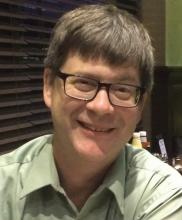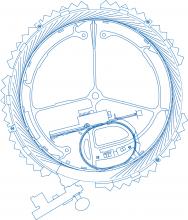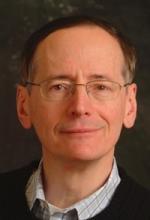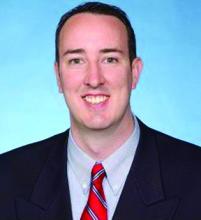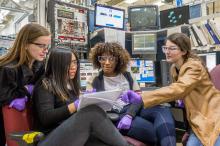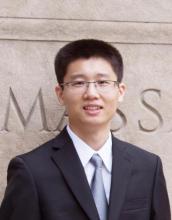News Feed - APS/User News
Argonne Distinguished Fellows represent only three percent of research staff at the facility, making the award the highest scientific and engineering rank at the laboratory.
With the selection of nine exceptional beamline proposals, announced on July 20, the APS Upgrade Project has taken an important step toward our goal of making the Advanced Photon Source the most technologically advanced and productive hard x-ray lightsource the world has ever seen.
What are the underlying causes for an unusual increase in pulmonary disease in U.S. soldiers returning from military service in the Middle East?
APS user Tobin J. Marks (Northwestern U.) was selected as the 2017 winner of the Priestley Medal, the American Chemical Society’s highest honor.
Here are four easy ways to reduce the likelihood that you will have a serious slip, trip, or fall.
John P. Connolly joined the Argonne Photon Sciences Directorate as Division Director of the APS Engineering Support (AES) Division as of March 14, 2016.
The experimental facilities of a typical high school physics classroom don't usually include a synchrotron.

In order to document consistent start and end dates for all users, an important programming effort impacts several aspects of a user’s experience, including site access.
The University of Wisconsin-Madison was fined $56,000 after Transportation Security Administration agents discovered hazardous materials in a student researcher’s checked luggage.
The 2016 APSUO Rosalind Franklin Young Investigator Award went to APS user Ling Li (Harvard U.) for developing a fundamental understanding of the design of biological materials.

Ray Conley, Optics Fabrication Section Leader in the Optics (OPT) Group of the Advanced Photon Source (APS) X-ray Science Division at Argonne is one of four recipients of a 2015 “R&D 100 Award” for development of the binary pseudo-random calibration tool, which “provides the highest resolution ever achieved, 1.5 nanometers, and is used to characterize all advanced imaging systems from interferometers to electron microscopes, according to the award citation.

Researchers using the X-ray Science Division 34-ID-E beamline at the U.S. Department of Energy's Argonne Advanced Photon Source (APS) are exploring the use of X-rays as a key path to integrated computational materials engineering.

Scientific solutions to global issues increasingly rely on the powerful facilities, tools and expertise located on national laboratory campuses.

Daniel Haskel of the X-ray Science Division (XSD) of the Argonne Advanced Photon Source has been elected a Fellow of the American Physical Society upon the recommendation of the Division of Condensed Matter Physics.

The ASM Henry Marion Howe Medal for 2015A has been awarded to the paper “In Situ Characterization of Twin Nucleation in Pure Ti Using 3D-XRD” published in Metallurgical and Materials Transactions A by a group of researchers that includes one current and one former APS staff member as well as a former APS visiting scientist.

Jana Šmilauerová, a student at the Charles University in Prague, Czech Republic, and a student user of the ChemMatCARS x-ray beamline at the Argonne Advanced Photon Source

The International Union of Crystallography (IUCr) spotlighted the work of a group of Argonne researchers who utilized two x-ray beamlines at the U.S. Department of Energy’s Advanced Photon Source in applying high pressure techniques to a new area of materials science research.

The x-ray electron-free laser is the perfect example of new technology and old perceptions converging on that narrow boundary between science and science fiction.

Yanglai Cho, a principal member of the small, dedicated team that brought the U.S. Department of Energy's Advanced Photon Source (APS) to Argonne, and one of the principal designers of this revolutionary synchrotron x-ray light source, passed away on June 14, 2015, of complications from pneumonia. He was 82 years of age.

